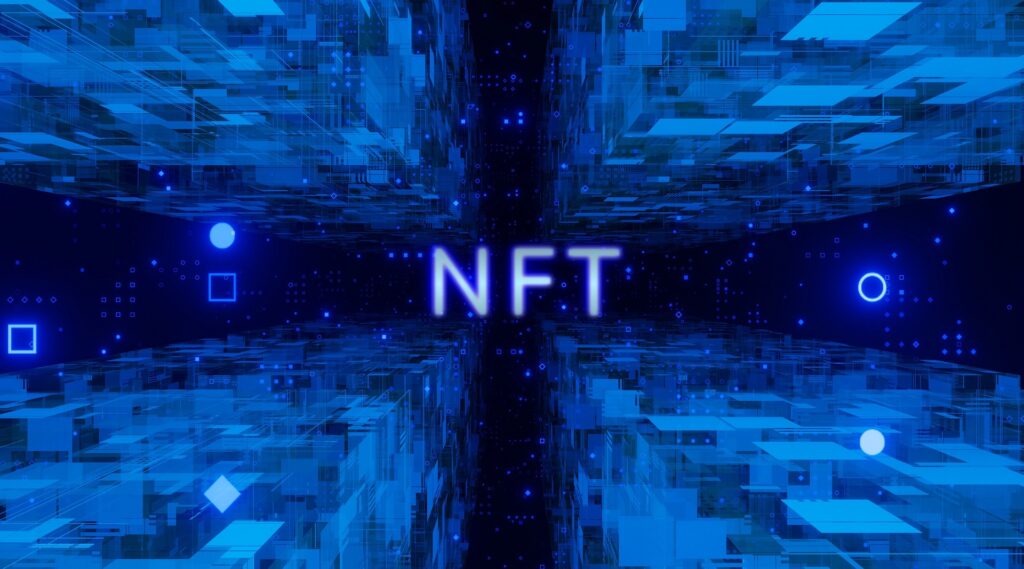When I first got into crypto, I remember being puzzled by something. A friend sent me a small amount of Solana, and the transaction showed up almost instantly. I was used to waiting minutes, even hours, for confirmations on other blockchains. “How is that even possible?” I asked. His answer was short: “Proof of History.”
That was the first time I heard about this unique way of keeping time in the crypto world. At first, I thought it was just a fancy name for faster processing. But once I dug deeper, I realized it’s actually one of the most interesting innovations in blockchain technology.
If you’ve ever wondered how Solana can process thousands of transactions per second without losing order or accuracy, Proof of History (PoH) is the secret sauce. Let’s break it down in plain language so you can see why it’s a game-changer.
What is Proof of History?
Proof of History is a cryptographic way to tell time on a blockchain. Most blockchains rely on consensus mechanisms to decide the order of transactions. This can be slow because every participant needs to agree before moving forward.
PoH flips this idea by creating a verifiable timestamp for each transaction before it’s even added to the block. That means everyone knows exactly when something happened without having to debate the order later.
Think of it like this:
- Without PoH: People at a meeting argue over who spoke first before writing minutes.
- With PoH: A recorder with a stopwatch logs every statement as it happens, so there’s no debate later.
How does Proof of History work?
Here’s a simplified step-by-step of what’s happening:
- A cryptographic clock starts ticking – PoH uses a special algorithm that produces a continuous, verifiable stream of timestamps.
- Events are recorded with timestamps – Each transaction or piece of data is hashed and assigned a time in the sequence.
- Validators trust the clock – Instead of waiting for others to agree on when something happened, validators can quickly verify the timestamp and move on.
- Blocks are formed quickly – Since there’s no back-and-forth about the order, transactions can be added in seconds.
This setup is part of what allows Solana to handle over 65,000 transactions per second in ideal conditions.
How is Proof of History different?
To understand why PoH is special, it helps to compare it to other systems:
| Feature | Proof of Work | Proof of Stake | Proof of History |
|---|---|---|---|
| Main focus | Securing network through computation | Securing network through staked coins | Ordering events in time |
| Energy use | High | Low | Low |
| Transaction speed | Slower | Faster than PoW | Fastest |
| Ordering method | Agreed after mining | Proven by the timestamp first | Proven by timestamp first |
From this table, you can see PoH isn’t really competing with Proof of Work (PoW) or Proof of Stake (PoS) in the same category. It’s more like a support system that makes other consensus mechanisms run faster. In fact, Solana uses Proof of Stake combined with Proof of History.
Benefits of Proof of History
Here’s why PoH is worth paying attention to:
- High speed – Transactions are processed without waiting for full consensus on order.
- Scalability –The system can handle thousands of transactions per second.
- Energy efficiency – No need for heavy mining hardware.
- Clear historical record – Every action has a cryptographically proven place in time.
Drawbacks of Proof of History
Of course, no system is perfect. PoH also has its downsides:
- Complexity – The system is more technically advanced, which can make it harder for newcomers to understand.
- Hardware requirements – Validators on Solana need powerful equipment, which can limit decentralization.
- Less tested over decades – Unlike Proof of Work, PoH hasn’t been around long enough to prove itself over many years.
Real-world example
A Quora user once compared PoH to a marathon race with numbered bibs and a photo finish camera. In older blockchains, runners cross the finish line and argue about who came first. In PoH, the camera has already captured the exact order of finishers, so the results are clear instantly.
That’s essentially what Solana is doing, keeping a running record of events in real time, so there’s no wasted effort figuring out the sequence later.
How does Solana use Proof of History?
Solana’s network actually layers PoH on top of Proof of Stake. Here’s the simple breakdown:
- Validators stake SOL coins to earn the right to process transactions.
- PoH timestamps each transaction before it’s validated.
- Validators confirm the order and add transactions to the blockchain.
- The result: near-instant settlement with high throughput.
Step-by-step: A transaction on Solana
- You send 1 SOL to a friend.
- The transaction gets hashed and timestamped instantly.
- Validators confirm the transaction and place it in a block.
- Your friend sees the SOL in their wallet almost immediately.
No long waits, no back-and-forth, no wasted energy.
Proof of History vs other timekeeping methods
In traditional blockchains without PoH, timekeeping is handled by:
- Block intervals – Like Bitcoin’s 10-minute block time.
- Network agreement – Nodes share information until they agree on order.
PoH improves on these by building time into the data itself. That’s why it’s sometimes called a “built-in blockchain clock.”
Should you care about Proof of History as an investor?
If you hold or are thinking of buying Solana, PoH matters because it’s a big part of what gives Solana its speed and efficiency. However, speed isn’t the only factor in a blockchain’s success.
Here are key points to think about:
- Transaction-heavy projects like DeFi apps and games benefit most from PoH.
- High performance comes with higher hardware needs, which can affect decentralization.
- Adoption rate is important. Even the fastest blockchain needs users and developers.
Tips if you want to get involved
If you’re planning to invest or run a validator on Solana:
- Research hardware requirements – You’ll need a powerful computer for validating.
- Watch for network updates – Solana regularly upgrades its tech to improve stability.
- Diversify your portfolio – Don’t put all your funds in one blockchain, no matter how fast it is.
- Understand risks – High-speed networks can still face downtime, as Solana has in the past.
When I first learned about PoH, I thought it was just marketing talk for “fast blockchain.” But the more I studied it, the more I appreciated how clever it is. By solving the ordering problem with a cryptographic clock, Solana made it possible to scale without sacrificing much efficiency.
That said, speed isn’t everything. I’ve seen projects with great tech fail because they didn’t have enough real-world adoption. PoH is exciting, but it still needs time to prove its resilience in the face of security threats and long-term growth challenges.
Where Proof of History might go next
Proof of History shows us that blockchain technology doesn’t have to be slow to be secure. It’s a smart blend of math, cryptography, and common sense. Solve the timing problem first, and everything else gets easier!
Looking forward, I wouldn’t be surprised if other blockchains start adopting PoH-like systems to boost their own performance. In fact, some developers are already experimenting with similar timestamping methods in private networks and even supply chain tracking.
Here’s an interesting possibility: PoH could be used outside of crypto entirely. Imagine legal contracts, event ticketing, or even medical records with cryptographically proven timestamps. The same technology that makes Solana so fast could make other industries more transparent and efficient.
So while Proof of History is currently tied to Solana’s identity, its future could be much bigger. Whether you’re a developer, investor, or just a curious crypto enthusiast, it’s one of those innovations worth keeping on your radar.
With over five years of experience in the tech industry, Kazim excels at simplifying complex topics, making them accessible to tech enthusiasts and general readers alike.
He has contributed to several renowned publications worldwide, including WindowsReport and Allthings.how, bringing insightful coverage of key developments in the field.
When he’s not writing, you’ll find Kazim planning weekend getaways or diving into tech verticals beyond his expertise.




